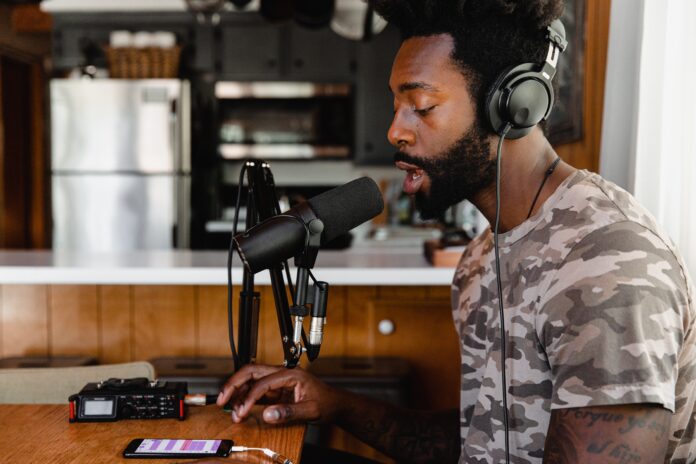As a vocalist, understanding and utilizing audio effects can greatly enhance your vocal performances and recordings. In 2023, with the advancements in technology and the availability of various software and hardware tools, vocalists have more options than ever to shape and enhance their sound. In this article, we will explore five basic audio effects that every vocalist should know in 2023, including their functions, applications, and how they can improve your vocal recordings.
- EQ (Equalization): Equalization, commonly referred to as EQ, is a fundamental audio effect used to adjust the frequency balance of a sound. EQ allows you to boost or cut specific frequency ranges in your vocals, shaping the overall tonal quality. There are three primary types of EQ bands:
- Low-frequency (LF): LF controls the bass and low-end frequencies. It helps add warmth and depth to your vocals while reducing muddiness or rumble.
- Mid-frequency (MF): MF controls the presence and intelligibility of vocals. It allows you to cut or boost certain frequencies to make your vocals stand out in the mix or address any nasality or harshness.
- High-frequency (HF): HF controls the brightness and clarity of your vocals. It helps add airiness and sparkle to your voice while taming any excessive sibilance or harshness.
EQ is a powerful tool for shaping your vocal sound and ensuring it sits well within the overall mix.
- Compression: Compression is an audio effect that helps control the dynamic range of your vocals. It evens out the volume levels by reducing the peaks and boosting the quieter parts, resulting in a more consistent and polished sound. Compression is particularly useful for controlling vocal dynamics, ensuring that softer passages are audible while preventing louder sections from clipping or distorting.
A compressor has several controls:
- Threshold: Determines the volume level at which compression begins.
- Ratio: Sets the amount of compression applied once the threshold is reached. For vocals, a ratio of around 2:1 to 4:1 is commonly used.
- Attack: Adjusts how quickly the compressor engages after the threshold is crossed.
- Release: Determines how long it takes for the compression to stop after the volume drops below the threshold.
Compression helps create a controlled and professional vocal performance, making it an essential tool for every vocalist.
- Reverb: Reverb simulates the natural ambience of a physical space, adding depth and spaciousness to your vocals. It creates the illusion of singing in a specific environment, such as a room, hall, or cathedral. Reverb can range from subtle and intimate to large and expansive, depending on the desired effect.
Key parameters in a reverb effect include:
- Decay Time: Determines how long the reverb tail lingers after the vocal stops.
- Pre-Delay: Adds a short delay before the reverb kicks in, affecting the perceived distance between the vocalist and the environment.
- Diffusion: Controls the density and texture of the reverb reflections.
- Size: Adjusts the virtual room’s size and overall ambience.
Reverb can bring life and realism to your vocal recordings, making them sound more spacious and immersive.
- Delay: Delay is an audio effect that repeats and plays back the vocal signal after a certain amount of time, creating echoes or repetitions. It can add depth, rhythmic interest, and a sense of space to your vocals. Delays can be simple, with one repetition, or complex, with multiple repeats and feedback settings.
Key controls in a delay effect include:
- Time: Determines the delay time between the original vocal and the repeats.
- Feedback: Controls the number of repetitions and the amount of decay in each repetition.
- Mix: Adjusts the balance between the original vocal and the delayed signal.
Delay can be used creatively to achieve unique vocal effects or

